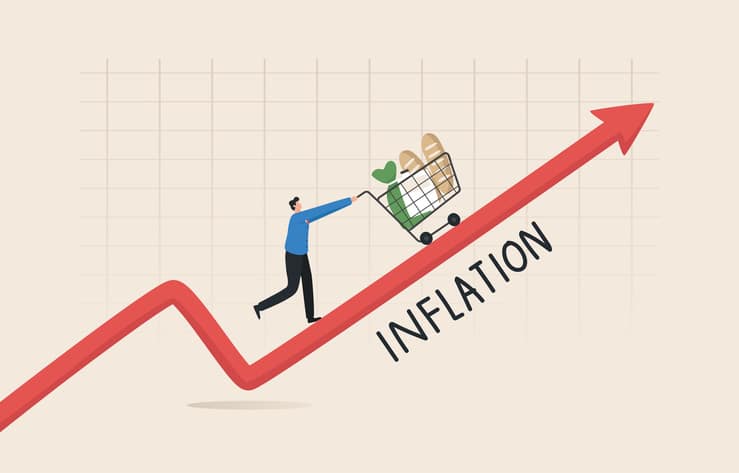Source: Forbes —
Key takeaways
- Supercore inflation purposefully ignores highly volatile areas of the economy, like housing, food and energy, to give a clearer picture of inflation
- Food inflation increased 10.4% year-over-year in December, while energy inflation eased to 7.3%
- Shelter inflation is up 7.5% year-over-year
We all see the headline inflation number, but it doesn’t tell the whole story. This is because the CPI report includes many items that can have volatile price swings that distort the overall inflation number. This is why core inflation is also reported. However, some economists believe this isn’t good enough and we should focus on supercore inflation.
Here is what supercore inflation is and how some of the areas it excludes have been impacting overall inflation. Plus, here’s how Q.ai can help in inflationary times.
What is Supercore inflation?
Supercore inflation is an economic measurement that strips away volatile items from the traditional Consumer Price Index (CPI), such as food, energy and housing. It is an alternative method for tracking inflation and gives a more accurate snapshot of underlying price pressure. As of this writing, there is no agreed-upon definition of supercore inflation, but when people talk about it they typically mean inflation numbers, less food, energy and housing.
Most people are familiar with the traditional CPI report that measures overall inflation. But food and energy, in particular, can have very volatile price swings. Because of this, core inflation is also tracked, which is the inflation report with food and energy removed from the data.
While these two methods have been standard for many years, some economists argue that supercore inflation is the most accurate measure that central banks should be looking at to determine their monetary policy.
The reason for this is that the items making up the CPI are weighted, and food, energy and housing have large impacts on the final number. For example, when inflation spiked in June, the majority of the increase was due to the rapid rise in gas prices. When gas was removed from the final tally, core inflation dropped from 9.1% to 5.9%.
However, to fully understand supercore inflation, it is important to get more information about the Consumer Price Index in general
How the Consumer Price Index measures inflation
















